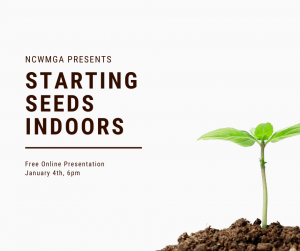With the winter season in full swing, many of us have been missing the warm sun and the natural light it provides. And just like humans, plants also require adequate light to thrive and grow. While sunlight may be the ideal source of light for plants, it often isn't enough for indoor gardening. Supplemental lighting can be a great solution for providing the additional light plants need to grow healthy and strong, even during the darkest days of winter.

With the increasing popularity of indoor gardening, there has been a growing demand for indoor growing equipment, including supplemental lighting. As technology has advanced, LED grow lights have emerged as a popular choice for indoor gardening enthusiasts. Pvison, a high-tech enterprise specializing in the development and production of LED grow lights, has become a go-to brand for many indoor gardeners.
So why do indoor plants need supplemental lighting? The answer lies in the nature of indoor gardening. When plants are grown indoors, they are often not exposed to the same intensity and quality of light as they would be in an outdoor environment. Factors like the orientation and size of windows, the distance from the light source, and the density of foliage can all have an impact on the amount of light plants receive. Insufficient light can lead to stunted growth, poor yields, and weak, leggy plants.
Supplemental lighting can help to overcome these challenges by providing plants with the additional light they need. LED grow lights, in particular, offer several advantages for indoor gardening. Compared to traditional lighting systems like fluorescent and incandescent bulbs, LED grow lights are more energy-efficient, longer-lasting, and emit less heat. They also provide a more targeted spectrum of light, which can be customized to mimic the natural conditions plants need for growth.
There are several factors to consider when choosing the right LED grow light for your indoor garden. Different plants have different light requirements, so it's important to choose a light that is tailored to the specific needs of your plants. Some plants, like herbs and leafy greens, require high-intensity light for optimal growth, while others, like succulents, prefer lower levels of light. The size of your grow space and the number of plants you have will also affect the type and number of lights you need.
When setting up your indoor garden, it's important to position your LED grow lights correctly to ensure even coverage and minimize shading. The distance between the light and the plants is also crucial, as plants can suffer from heat and light stress if the light source is too close or too far away. Most LED grow lights come with recommendations for the ideal distance and duration of exposure for different stages of plant growth.
While supplemental lighting can be a great solution for indoor gardening, it should not be relied upon as a substitute for natural light. Plants still require a period of darkness for healthy growth, and overexposure to light can lead to issues like leaf burn and nutrient deficiencies. As with any form of indoor gardening, it's important to monitor your plants closely and make adjustments as needed to ensure they are getting the right amount of light, water, and nutrients.
In conclusion, supplemental lighting is a vital component of indoor gardening, particularly during the darker months of winter. LED grow lights offer a cost-effective and energy-efficient solution for providing plants with the additional light they need to grow healthy and strong. With the help of Pvison and other leading LED grow light brands, indoor gardeners can create optimal growing conditions for a wide range of plants, and enjoy fresh fruits, vegetables, and herbs all year round.